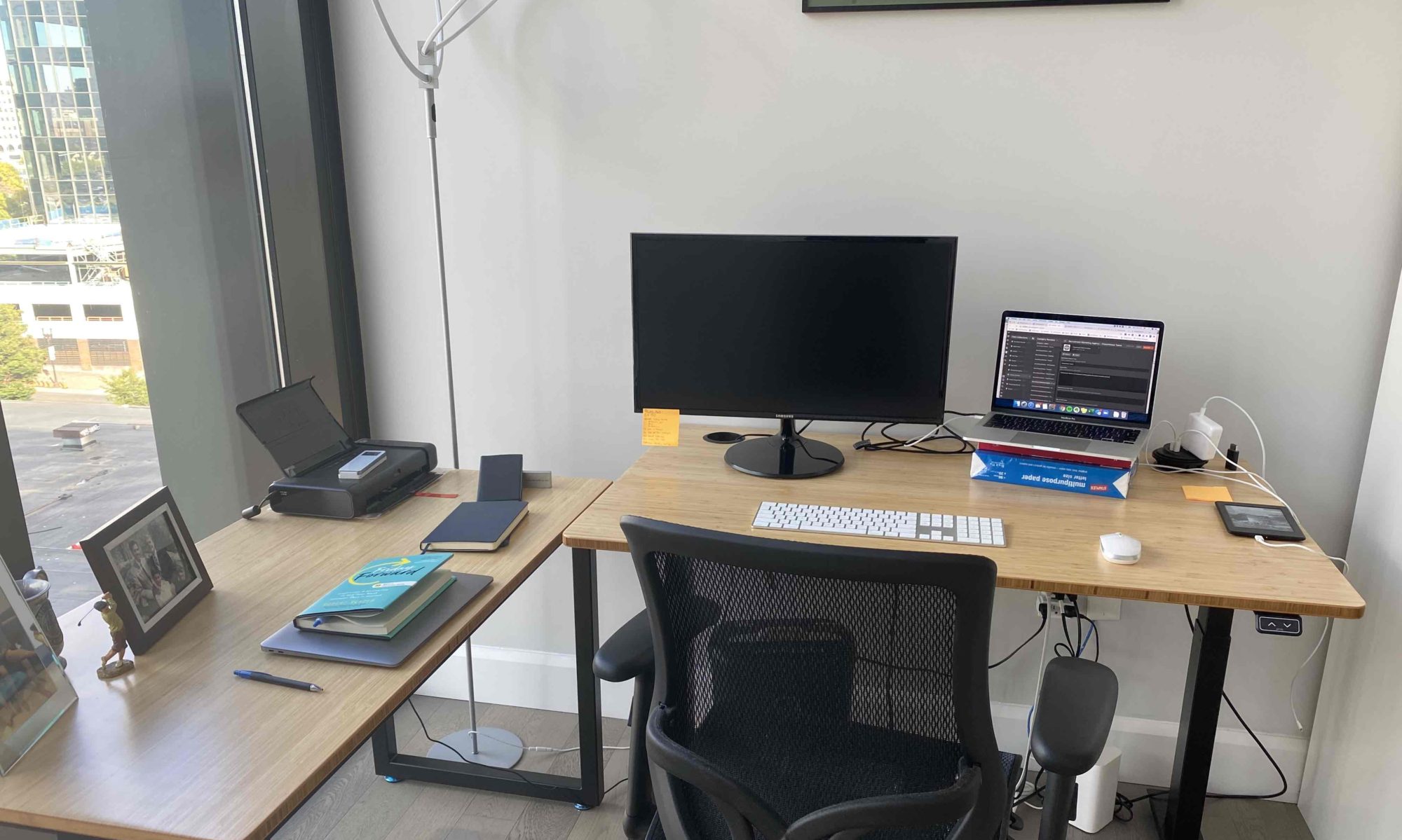Friends and I recently tried to get into what is apparently an exclusive kickball league in Brooklyn. There are 32 teams in the league, 31 of them being occupied by returning teams, and 1 slot that 5-6 other teams will fight it out for. Like any good Sternies (and a few Tischies along for the ride), we decided to circumvent the playoff by offering the league a sponsorship from Pepsi in exchange for the coveted 32nd spot.
How we would have procured this sponsorship is somewhat irrelevant – basically one of our friends works at a senior role within Pepsi where he thinks about marketing strategy all day long and could have made it happen
So – the very irrational league manager and our friend went into negotiation mode. Apparently, Pepsi was supposed to foot the bill for the entire league, and also offer free snacks and drinks for all those involved. When at first offered free drinks for participants in the weekly league, the league owner (who signs his email in the format: firstname F***ing lastname) responded that it wasn’t even worth him writing a reply email at the prospect of free drinks. This got me thinking.
Let’s run through a few numbers. Let’s assume that Pepsi drinks are sold for $1.00 in retail stores, and that 30 cents of this goes to distributors and retail stores (I’m assuming that Pepsi makes the product, it gets sent to a distributor, then on to a retailer. Distributor margins are notoriously low at around 5-7% net and retailers are worse still at 3-5% net. Some of this math may get skewed by the recent acquisition of Pepsi’s bottlers, or my lack of understanding of the Pepsi supply chain. But, the point is to get to an estimate, and hopefully I can get an expert’s opinion to follow up on this post). So, Pepsi sells their drink to distributors for 70 cents (don’t worry the overall analysis actually isn’t that sensitive to this number, I checked). Their gross margins are around 54%, Cokes’ are 64% for reference. Therefore it costs Pepsi about $0.70 * (1-.54) = $0.32 per drink.
There are 32 teams, each of which have 15 players, and play 10 games in the season. Assuming each player drinks 1.5 drinks per week, on average, that’s 32 * 15 * 10 * 1.5 = 7,200 drinks! That’s $2,318 out of Pepsi’s pocket. Now, add in 2-3 Pepsi representatives at each of the game, the fact that people outside of the league will no doubt grab a few drinks, and other associated costs. All of a sudden we are talking about ~$4,000. And, from the perspective of our wonderful league owner, this is really more like 7,200 * $1.00 = $7,200 (aka what it would cost him to procure these drinks himself).
I personally thought that our narcissistic league owner would jump at the chance to brag about sourcing a Pepsi sponsorship and wouldn’t care to what extent the material benefits were. I was sadly mistaken and the negotiations fell apart when it became apparent that we’d have to pull some major strings just to play an hour of kickball in McCaren Park a few times this summer.
At the end of the day, we went with Zog Sports. They don’t accept bribes (maybe that’s a good thing), but they also seem to be a much more rationally run business and I’m sure wouldn’t balk at a few thousand dollars. Somehow that just sits well with me.
My goal is to have my Pepsi friend write a follow up to this post debunking any faulty assumptions and also explaining how a consumer packaged goods company like Pepsi thinks about this type of sponsorship and the potential benefits to their brand. So, please be on the lookout for part 2.
